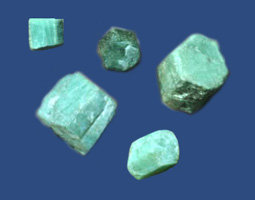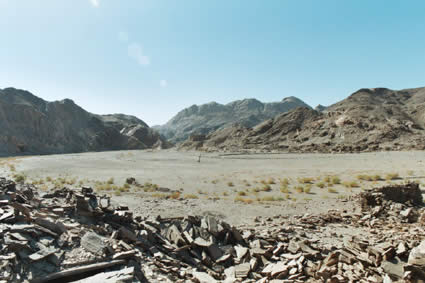

Emeralds
from Sikait
"..we love looking at emeralds even more, since its green is the
most beautiful of all…"
"…so soothing is the mellow green of the gem for tired eyes.."
Pliny the Elder, Roman writer and fleet commander.
His Natural History (77 AD) contains an impressive collection of the knowledge of his time, both facts and fiction, and ranging from mineralogy and geography to biology.

Wadi
Sikait
"Emerald Mountain" and its surroundings were the only emerald mining areas within the borders of the Roman Empire. The Habach Valley in Austria, another place within the Roman territory with emerald-containing rocks, has produced no evidence of mining in the Roman period. The earliest mention of this European emerald valley dates, in fact, from 1669 AD.
Analyses of the few surviving pieces of Roman jewelry with gemstones suggests that Rome also imported some emeralds from India, probably through the port of Berenike. Pliny described the use by Emperor Nero of an emerald looking glass while watching gladiatorial fights. Although Pliny's identification of the gemstone used in this "looking glass" was probably incorrect, he was the first one to suggest that emerald was a form of beryl. The scientific proof for this assumption came only in the 19th century.